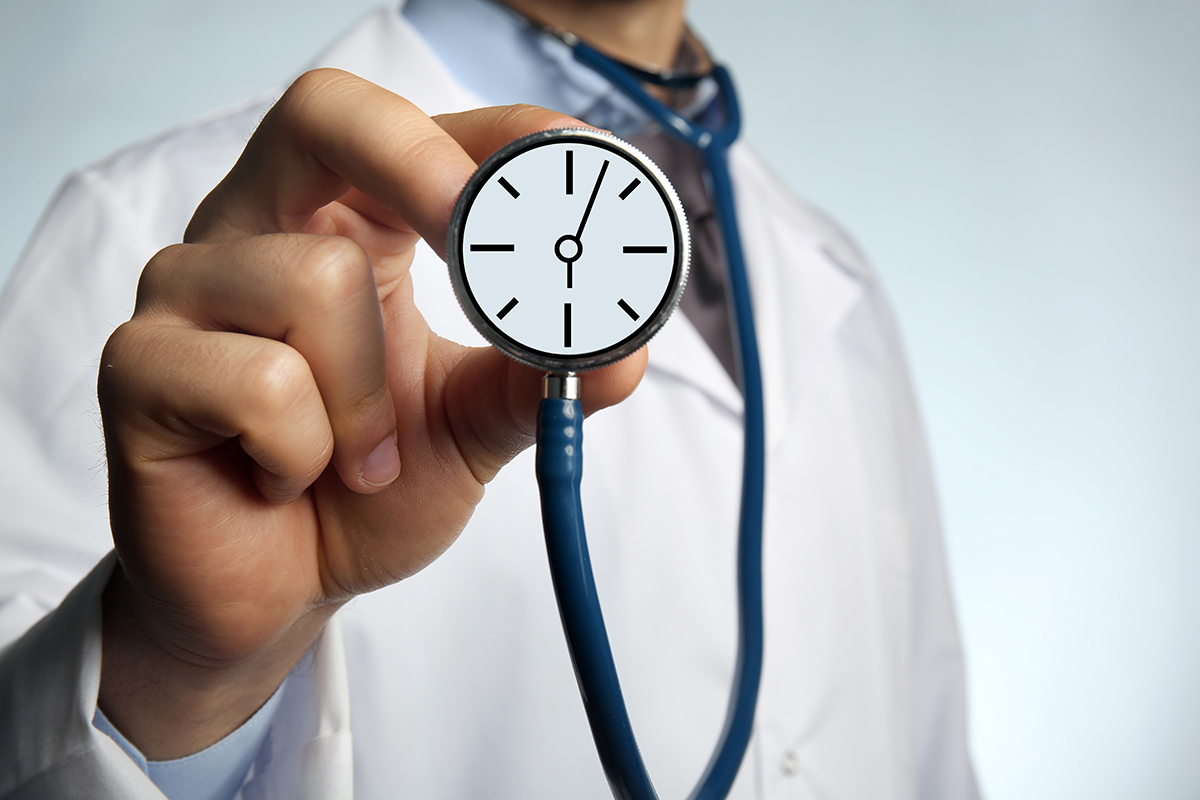What happens when you or your family need medical care, and you are not sure where to go? There are different options for medical care including your Primary Care Provider (PCP), urgent care, or the emergency room. Where you choose to go can make a big difference in your family’s medical care and also how much it may cost, whether or not you have health insurance.
Primary Care Provider (PCP)
Your Primary Care Provider may be a Family Medicine provider, an Internist or a Pediatrician. This is the provider who will manage your general preventative healthcare needs to include physicals, wellness visits, sick visits, and routine lab work, as well as referrals for tests like mammograms, colonoscopies, and immunizations. Most people should see their Primary Care Provider at least once a year for a physical.
Urgent Care
An urgent care center is a medical clinic with expanded hours that often treats walk-in patients for non-emergency illnesses and injuries. There are over 7,000 urgent care centers in the United States, and they treat millions of people every year. That means they are easy to find. Most urgent care centers see patients of all ages, but some specialize in treating children.
You can get treatment at an urgent care for illnesses such as:
- Asthma (mild)
- Allergic reactions
- Animal bites
- Bronchitis and strep throat
- Bug or animal bites
- Burns and cuts
- Colds and flu
- Minor headaches
- Nausea, vomiting, diarrhea
- Strains, sprains, some broken bones
You should use an urgent care center when your Primary Care Provider is not available or an appointment would take too long to wait. But you may have to wait to be seen in an urgent care center, so try to call ahead to check on how long that wait might be. Some providers at urgent care centers also take appointments, so that may be worth asking about as well. Check ahead before you may need one.
To speed up your treatment at an urgent care center, bring any necessary medical documents with you. This includes your member ID card, and any prescriptions or other medicine you or your family member being treated take. You should also make sure you bring a form of I.D. with your picture, such as a driver’s license.
The Emergency Room (ER)
Emergency rooms see more than 145 million visits a year, according to the Centers for Disease Control and Prevention (CDC). The ER is meant for serious, urgent, life-threatening situations or conditions. While it is not the place for more minor ailments, if you are unsure how severe your condition, it is best to go straight to the ER.
There are symptoms or signs you should get to the ER right away. If you cannot drive or get yourself to the ER, or you feel your symptoms are life-threatening, you should call 911 for immediate care and an ambulance. Driving yourself is dangerous in an emergency, and paramedics can begin treatment on the way to the hospital.
Below are some of the symptoms that mean you should get to the emergency room, according to the American College of Emergency Physicians:
- Strong pain, especially in the abdomen, which could be appendicitis
- Heart attack symptoms, such as sudden or ongoing chest pain or chest heaviness, pain up and down one or both arms (and also more frequently in women than men: shortness of breath, nausea, lightheadedness, back or jaw pain, severe anxiety)
- Great difficulty breathing or shortness of breath
- Trouble speaking, weakness or paralysis especially on one side of the body
- Blurry vision or double vision, or other sudden change in vision
- Sudden and severe headache
- Injuries of the eye, or head injury that causes you to pass out/faint
- Severe or persistent vomiting or diarrhea
- Coughing up or vomiting blood
- A fever over 100.4 in a newborn baby (up to three months old)
- Severe allergic reaction
- Bleeding during pregnancy
- Serious burns
- High fever that does not go down with medicine
- Deep cuts that do not stop bleeding and will need stiches
- Inhaled smoke or poisonous fumes
- Suicidal thoughts or violent feelings
Here are some other helpful things to know about the emergency room:
- Know ahead of time where the nearest ER is to you and the best route should you have to drive yourself or family member.
- Be aware that you may have to wait. The ER takes people in the order they arrive, but also by the seriousness of their symptoms, so if you are going for a more minor problem, be patient. You may have to wait.
- Come to the ER prepared. Bring your member ID card, and keep your medical information handy. This information should include:
- Any chronic illnesses or conditions you have
- A list of all vitamins and medications, both prescription and over-the-counter, and their doses
- Any allergies
- Vaccines you have received
- Any surgeries or hospital stays
- Any health problems that run in your family
- The names of doctors you are seeing, including their contact information
You should also know that insurance companies are required to cover the cost of the care you receive if you have a medical emergency. However your condition must be a true emergency. If you have time, you can check about your condition by making an urgent call your Primary Care Provider first or by calling our 24/7 Nurse Hotline at 1-833-359-0170.
 Did you know that your IE browser is outdated?
Did you know that your IE browser is outdated?






